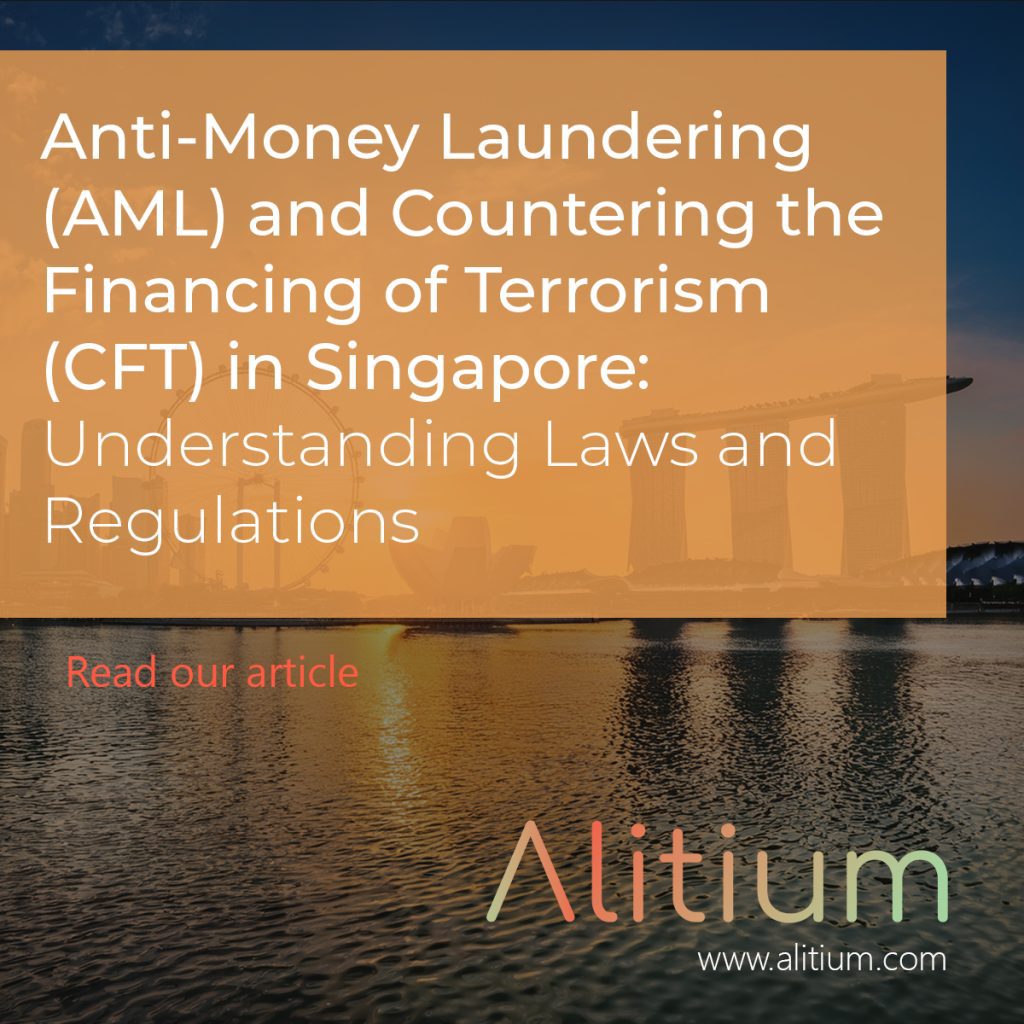Vietnam’s Response to International Alignment with Global Minimum Tax
The Global Minimum Tax (GMT) approach, developed under the OECD/G20 Inclusive Framework on Base Erosion and Profit Shifting (BEPS), represents a landmark reform in international taxation. Its purpose is to ensure that large multinational enterprises (MNEs) contribute a fair share of tax regardless of where they operate or shift their profits.
Under the Pillar Two – Global Anti-Base Erosion (GloBE) Rules, MNEs with consolidated revenues of €750 million or more are required to pay a minimum effective tax rate of 15% on their profits. Where an MNE’s effective tax rate in a particular jurisdiction falls below this threshold, a top-up tax is imposed to bring the rate up to 15%.
The key objectives of the Global Minimum Tax include:
- Preventing profit shifting to low- or no-tax jurisdictions.
- Safeguarding the tax revenues of countries where MNEs operate.
- Reducing harmful tax competition through aggressive tax incentives.
Many jurisdictions, including the European Union, the United Kingdom, Japan, South Korea, and Vietnam, have adopted or announced legislation to implement the Global Minimum Tax, marking a significant shift towards greater transparency, fairness, and sustainability in international taxation.
The collection of top-up tax follows:
- Domestic Minimum Top-up Tax (QDMTT) (local first): The jurisdiction where the income arises has the first right to levy the top-up tax.
- Income Inclusion Rule (IIR) (parent next): If no QDMTT, the Ultimate Parent Entity’s jurisdiction (or next intermediate parent with IIR) collects the tax.
- Undertaxed Payment Rule (UTPR) (last resort): If still uncollected, other jurisdictions apply UTPR to capture the residual top-up tax.
In order to know if top-up tax is owed, rules are needed to calculate the Effective Tax Rate (ETR) in each jurisdiction where the MNE operates.
1. Effective Tax Rate (ETR)
- Formula:
ETR = Covered Taxes/GloBE Income of jurisdiction - Covered Taxes = the taxes actually paid on profits (CIT, withholding tax, etc. with adjustments).
- GloBE Income of jurisdiction = profit calculated under GloBE rules (based on financial statements with some adjustments, not purely local tax law).
If ETR ≥ 15%, then no extra tax applies.
If ETR < 15%, then a top-up tax is applied.
2. Top-up Tax
- Formula: Top-up Tax = (Minimum Rate – ETR) / GloBE Income of jurisdiction
Example:
- Subsidiary in Country A earns 100 million EUR profit.
- Taxes paid = 10 million EUR → ETR = 10%.
- Global minimum = 15%.
- Gap = 15% – 10% = 5%.
- Top-up tax = 5% × 100 million = 5 million EUR.
This 5 million can be collected by:
- Domestic Minimum Top-up Tax (QDMTT): The low-tax country itself can impose the tax to “keep” the revenue rather than letting another country take it.
- Income Inclusion Rule (IIR): The parent company’s home country collects it.
- Undertaxed Payment Rule (UTPR): If not collected at parent level, other countries where the group operates can collect.
3. Implications for MNEs
- Incentives for shifting profit to low-tax jurisdictions are reduced.
- Countries with tax incentives must restructure them (e.g., from profit-based tax holidays → to direct subsidies).
- Compliance burden increases (groups must calculate ETR in each jurisdiction annually).
Key Points for Global Minimum Tax in Vietnam
To ensure that Vietnam can exercise its first right to collect the top-up tax on low-taxed income arising in its territory, rather than leaving this revenue to be collected by a foreign parent jurisdiction, Vietnam has issued Decree No. 236/2025/NĐ-CP (The Decree 236). This decree issued on August 29, 2025, provides detailed guidance on a number of articles of Resolution No. 107/2023/QH15 of the National Assembly. It establishes the legal framework for implementing QDMTT in line with OECD standards, thereby safeguarding Vietnam’s tax base, enhancing compliance transparency, and ensuring that multinational groups operating in Vietnam contribute at least the global minimum 15% corporate tax rate.
Decree 236 takes effect on October 15, 2025, but its provisions apply to the fiscal year 2024.
Key objectives of the Decree:
- Protect state tax revenues and prevent multinational corporations from using local tax incentives or shifting profits to low-tax jurisdictions to avoid the minimum tax.
- Implement fully the QDMTT (Qualified Domestic Minimum Top-Up Tax) and IIR (Income Inclusion Rule) in Vietnam in line with OECD standards.
- Provide a clear and transparent legal framework for businesses and tax authorities to comply with in calculating, declaring, and collecting the supplementary tax.
Scope of application and exemptions
Entities subject to the top-up tax:
- Constituent entities of a multinational enterprise (MNE) group which, according to the consolidated financial statements of the ultimate parent entity, have annual revenues of ≥ EUR 750 million in at least 2 of the 4 fiscal years preceding the fiscal year in which the tax liability is determined.
- For newly established groups without a 4-year history, if revenues reach the threshold (≥ EUR 750 million) in 2 years of operation, they will still be subject to the top-up tax.
Exemptions / carve-outs:
- Entities that only operate for the purpose of asset holding or capital investment, without carrying out substantive business activities (holding companies), may be excluded.
- Additional exemptions are provided under Resolution 107 and further detailed in the Decree.
Key Highlights in Decree 236
|
Mechanism / Concept |
Key Content & Notes |
|
QDMTT (Qualified Domestic Minimum Top-Up Tax) |
The Decree permits the application of QDMTT, meaning if a domestic entity in Vietnam self-assesses an additional top-up tax within the country’s scope to reach the minimum 15% rate, this tax amount is treated as tax already paid, preventing foreign authorities from “hunting” (claiming) the difference. |
|
Time of Application / Effective Date |
Although the Decree is effective from October 15, 2025, its application for the 2024 financial year is clearly specified (the 2024 financial year is any year beginning on or after January 1, 2024). |
|
Application of Parent Company’s Financial Year |
If the Ultimate Parent Entity (UPE) has a financial year that begins in December 2023, the constituent entities in Vietnam will also use that same financial year as the “2024 year” to determine the top-up tax. |
|
Taxpayer Identification & Declaration Responsibility |
The constituent entities within the MNE group that meet the stated revenue threshold are responsible for declaring (filing), calculating the Effective Tax Rate (ETR), the top-up tax amount, and coordinating with the parent company in preparing the consolidated report according to GloBE standards. |
Filing, Tax Payment And Administration
Providing information:
MNE Groups (or their designated Filing Constituent Entity) must notify the tax authority of their Filing Constituent Entities and the list of regulated Constituent Entities using Form 01/TB-DVHT within 30 days after the end of the reporting fiscal year.
Any subsequent changes to the filing entity or list must be reported using the same form by the deadline for submitting the GloBE Information Return and tax return for the year the change took place.
Tax filing documentation
a) Qualified Domestic Minimum Top-Up Tax (QDMTT) filing documentation:
- GloBE Information Return (Form No. 01/TKTT-QDMTT);
- QDMTT Return (Form No. 01/TNDN-QDMTT);
- A detailed explanation of differences between financial accounting standards (Form No. 01/TM);
- GloBE Information Return of MNE Group, unless the MNE Group is not required to file the GloBE Information Return in any jurisdiction (original or copy);
- Financial statements of each Constituent Entity used for preparing consolidated financial statements of the Ultimate Parent Entity (original or copy);
b)Tax filing documentation under the Income Inclusion Rule (IIR):
- GloBE Information Return (Form No. 01/TKTT-IIR);
- QDMTT Return (Form No. 01/TNDN-IIR);
- A detailed explanation of differences between financial accounting standards (Form No. 01/TM);
- The consolidated financial statement of the Ultimate Parent Entity (original or copy);
- Financial statements of each Constituent Entity used for preparing consolidated financial statements of the Ultimate Parent Entity (original or copy);
Timeline for Global Minimum Tax obligation under Decree 236
- Constituent entities subject to declaration must file the Global Minimum Tax Information Return (Form No. 01/TB-ĐVHT) as attached to the Decree.
- The deadline for submission is no later than 12 months from the end of the reporting fiscal year.
- Note on the first fiscal year: For MNE groups subject to the Global Minimum Tax rules starting from fiscal year 2024, the deadline for submitting the information return in the first year is extended to no later than 18 months from the beginning of that fiscal year. Within 15 months after the end of the subsequent fiscal years.
The Core Rule: When QDMTT is Zero (De Minimis Exclusion)
The main rule is that the QDMTT liability for Vietnam will be set to zero (0) for a given year if the MNE Group meets certain financial thresholds in Vietnam, as defined by Clause 9, Article 4 of Resolution No. 107/2023/QH15.
The conditions for this De Minimis Exclusion are generally:
- Average GloBE Revenue in Vietnam is less than €10 million, AND
- Average GloBE Income in Vietnam is less than €1 million (or a loss).
However, this exclusion is not permanent. If any post-filing adjustments change the Effective Tax Rate (ETR), causing the average revenue and income for the prior years to exceed the initial minimum threshold, the MNE will lose the right to the exemption. In this case, the Filing Entity is required to resubmit the GloBE Information Return (GIR) to Vietnam authorities, and simultaneously declare and pay the top-up tax for the affected fiscal years.
A scenario-based illustration of how Decree 236/2025/NĐ-CP affects a specific company in Vietnam.
Case Study: “Company A – Tech Manufacturing in Vietnam”
Background
- Company A is a subsidiary of a multinational group headquartered in Korea.
- Group annual consolidated revenue = 10 billion EUR → above 750m threshold → subject to Global Minimum Tax.
- Company A located in Vietnam enjoys CIT incentives:
- 0% CIT for first 4 years (currently in year 3).
- Then 10% CIT for 15 years.
Situation Before Decree 236
- Profit in 2024: 100m USD.
- CIT paid in Vietnam = 0 (tax holiday).
- ETR = 0%.
- Parent’s home country (Korea) would apply IIR:
- Required minimum = 15% × 100m = 15m USD.
- Since Vietnam didn’t impose top-up tax, Korea collects 15m USD.
- ➝ Vietnam loses 15m USD in revenue, even though production happens inside Vietnam.
Situation After Decree 236 (with QDMTT in place)
- Same 100m USD profit in 2024.
- Vietnam applies QDMTT (Qualified Domestic Minimum Top-up Tax).
- Calculation:
- Required minimum tax = 15m USD.
- Tax actually paid = 0.
- Top-up = 15m USD.
- Now Vietnam itself collects the 15m.
- ➝ Revenue stays in Vietnam, not transferred to Korea.
Implication for Company A
- No real benefit from tax holiday: Even though Vietnam gave 0% CIT incentive, under Decree 236, the 15m USD will be collected anyway.
- Need to restructure incentives: Instead of profit-based tax holidays, Company A might negotiate for cost-based incentives (e.g., cash grants, R&D subsidies, land rental discounts).
- Compliance burden: Company A must now file new reports under GloBE rules, calculate ETR, and submit top-up tax declaration to Vietnamese authorities.
Implication for Vietnam
- Protects domestic tax revenue (15m stays in Vietnam).
- Keeps Vietnam aligned with OECD Pillar Two rules.
- Forces shift from “low-tax attraction” → “non-tax incentives” to stay competitive (infrastructure, skilled labor, supply chain).
This is exactly how Decree 236 ensures that Vietnam doesn’t lose revenue when multinationals operate here under preferential regimes.
Practical Challenges & Risks
- High compliance costs: Businesses must invest in accounting systems, audits, and data transformation to comply with the new rules.
- Profit determination under GloBE standards: Significant discrepancies may arise between profits calculated under GloBE standards and profits calculated under Vietnamese tax law, leading to unexpected additional tax liabilities.
- Difficulties in inspection & enforcement: Tax authorities need strong capacity to assess and compare international consolidated reports and to coordinate with other jurisdictions when collecting taxes under IIR/UTPR.
- International disputes & tax coordination: If a parent company or another jurisdiction does not apply the top-up tax, international legal disputes may emerge.
- “Scale break” issue: Smaller enterprises below the threshold are exempt from top-up tax, potentially creating unfair competition in certain industries.
What Multinational Groups in Vietnam Need to Do
With the Global Minimum Tax (GMT) coming into effect in Vietnam under Decree 236/2025/NĐ-CP, multinational enterprises (MNEs) operating in Vietnam should urgently prepare in the following areas:
- Assess Applicability
- Confirm whether the group meets the €750 million consolidated revenue threshold in at least two of the last four fiscal years.
- Identify all constituent entities in Vietnam (subsidiaries, branches, representative offices with taxable income).
- Data and System Readiness
- Prepare to calculate the Effective Tax Rate (ETR) under GloBE rules, which may differ significantly from Vietnam’s CIT calculation.
- Align accounting and reporting systems to capture data required for the supplementary tax return.
- Anticipate reconciliation between Vietnam Accounting Standards (VAS), IFRS, and GloBE standards.
- Compliance Filings
- File the Information Return (Form 01/TB-ĐVHT) and Supplementary CIT Return with explanatory notes.
- Deadline: within 12 months of the end of the fiscal year (extended to 18 months for the first year – fiscal year 2024).
- Ensure tax teams and auditors coordinate early to meet timeline pressure.
Vietnam’s adoption of the Global Minimum Tax marks a significant shift in the tax landscape. For groups with operations in Vietnam, early compliance and timely preparation are essential to navigate new reporting obligations and safeguard their tax position.
For any further questions you may have, please reach out to us at vietnam@alitium.com
********
This article is intended to provide an overview of recent updates and announcements. While it aims to present useful insights, it is important to note that the content shared here should not be considered as formal legal or taxation advice. For specific guidance on tax obligations or legal matters related to your business, we strongly recommend consulting with a qualified professional, such as a tax advisor or legal expert or directly reach out to us.








